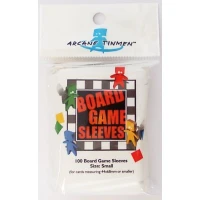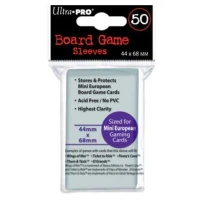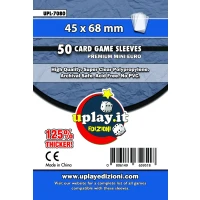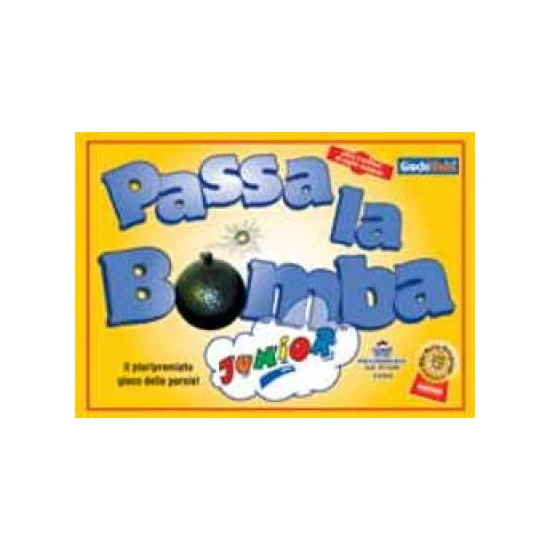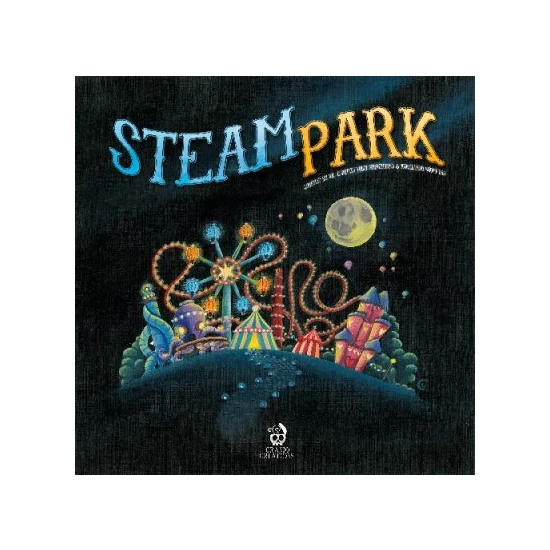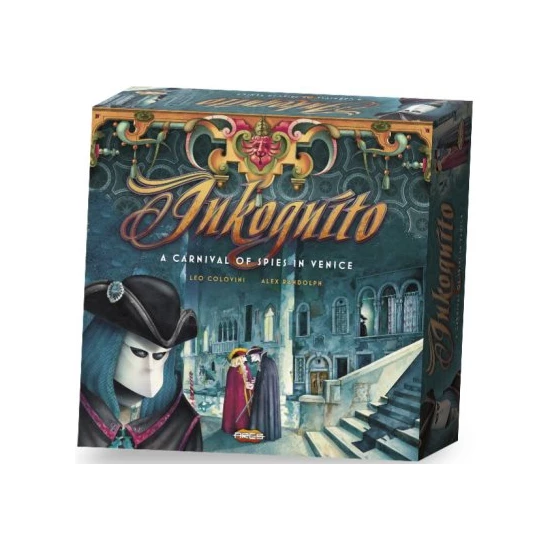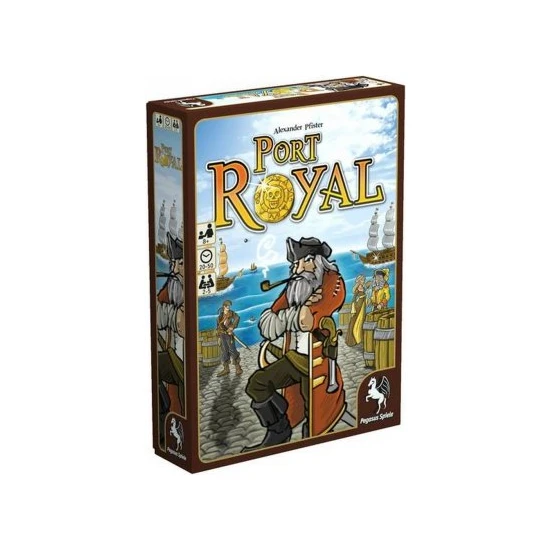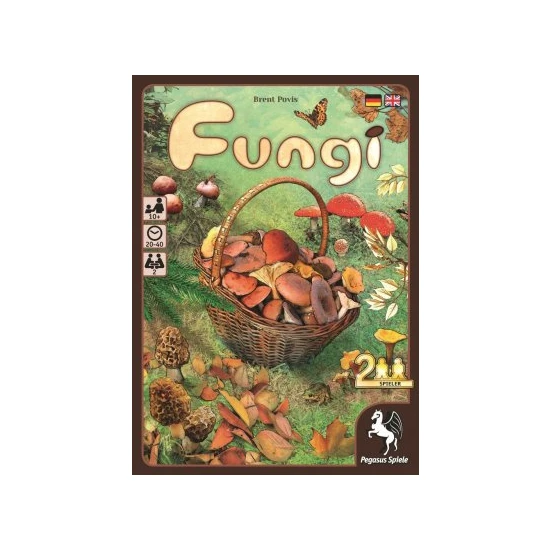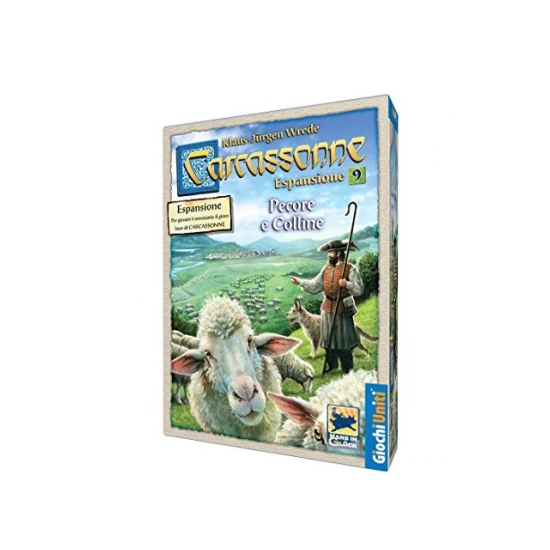

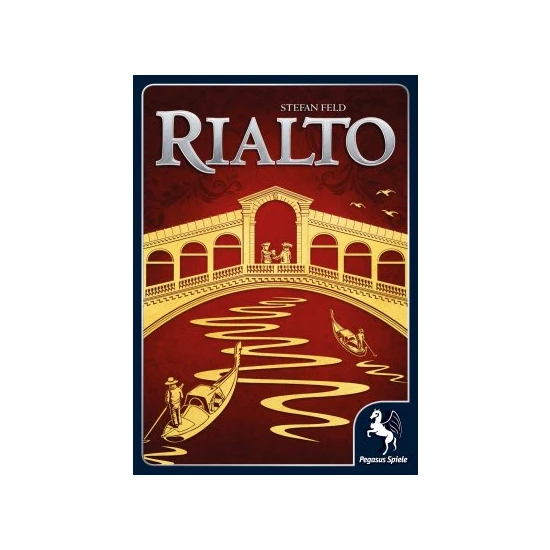
|
|
|
|
2-5
45'
10
No necessary in-game text
|
Rialto
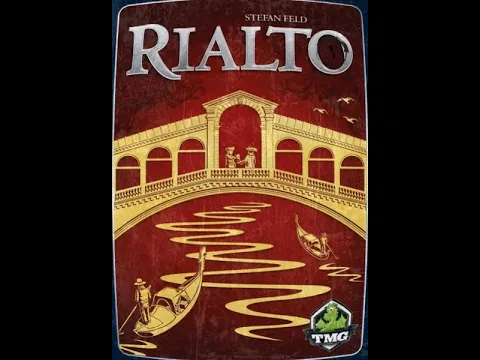
Rialto is a card-driven board game. The goal of the game is to earn the most victory points. These are awarded for various things. The game board displays the 6 districts of Venice. The players get victory points for placing council members into these, for building bridges and placing gondolas to connect the districts with one another, and for building advantageous buildings. The game is played over 6 rounds, with each round consisting of 3 phases: 1. New cards: each player takes a set of cards. 2. Play cards: cards are played to perform certain actions. 3. Buildings: players may take advantage of their buildings and use their powers. In phase 1, sets of 8 cards each are displayed (in each set, 6 cards are placed face-up and 2 face-down). Each player takes one of these sets and then reduces his hand size to 7 cards. A card shows either one of 6 specific characters (like Architect, Merchant, etc.), or is a wild card. Phase 2 consists of 6 sub-phases, one for each character. In each of these (and they follow a fixed order), players choose whether or not to play one or more cards of that specific character. Each card allows them to perfom that character's action. Examples: Take one piece of gold for each Merchant card you played. Place one council member into the current district for each Council card you played. Take a building with a value equal to or lower to the number of Architect cards played. The higher its value, the better its function. The player who played the most cards in one such sub-phase, gets a bonus of one, i.e. it's like they have played one more card of that type. In case of a tie, players check the "Doge" bar - the player who proceeded the farthest, gets the bonus. To proceed on the bar, players need to play Doge cards. Finally, in phase 3, players may take advantage of their buildings. For each piece of gold they pay, a player may use one of their building's ability. Players collect victory points both, during the game and at the end of it. During the game, victory points are awarded by some special buildings, and for building bridges between the districts (by playing Bridge Builder cards). At the end of the game, players get points for majorities of council members in each district. The value of each district evolves during the game: Each district is adjacent to four other ones, and at the end of the game, they will be connected either via bridges, or gondolas. A bridge increases the value of the adjacent districts by 3-6 victory points, whereas a gondola increases this value by 1 point. The players with the most council members in a district gets victory points equal to the district's total value, the player with the second most council members gets half of this value and so on. While it is important to establish majorities in the districts, it's also crucial to control their values by cleverly placing those bridges and gondolas.
| Mechanics: | Area Control/Area Influence Auction/Bidding Hand Management |
| Categories: | Strategy |
| Alternative names: | |
| BARCODE: | 4250231704222 |
| In 25 wishlists In 16 collections This was seen 10312 times | |
Rialto is a card-driven board game. The goal of the game is to earn the most victory points. These are awarded for various things. The game board displays the 6 districts of Venice. The players get victory points for placing council members into these, for building bridges and placing gondolas to connect the districts with one another, and for building advantageous buildings. The game is played over 6 rounds, with each round consisting of 3 phases: 1. New cards: each player takes a set of cards. 2. Play cards: cards are played to perform certain actions. 3. Buildings: players may take advantage of their buildings and use their powers. In phase 1, sets of 8 cards each are displayed (in each set, 6 cards are placed face-up and 2 face-down). Each player takes one of these sets and then reduces his hand size to 7 cards. A card shows either one of 6 specific characters (like Architect, Merchant, etc.), or is a wild card. Phase 2 consists of 6 sub-phases, one for each character. In each of these (and they follow a fixed order), players choose whether or not to play one or more cards of that specific character. Each card allows them to perfom that character's action. Examples: Take one piece of gold for each Merchant card you played. Place one council member into the current district for each Council card you played. Take a building with a value equal to or lower to the number of Architect cards played. The higher its value, the better its function. The player who played the most cards in one such sub-phase, gets a bonus of one, i.e. it's like they have played one more card of that type. In case of a tie, players check the "Doge" bar - the player who proceeded the farthest, gets the bonus. To proceed on the bar, players need to play Doge cards. Finally, in phase 3, players may take advantage of their buildings. For each piece of gold they pay, a player may use one of their building's ability. Players collect victory points both, during the game and at the end of it. During the game, victory points are awarded by some special buildings, and for building bridges between the districts (by playing Bridge Builder cards). At the end of the game, players get points for majorities of council members in each district. The value of each district evolves during the game: Each district is adjacent to four other ones, and at the end of the game, they will be connected either via bridges, or gondolas. A bridge increases the value of the adjacent districts by 3-6 victory points, whereas a gondola increases this value by 1 point. The players with the most council members in a district gets victory points equal to the district's total value, the player with the second most council members gets half of this value and so on. While it is important to establish majorities in the districts, it's also crucial to control their values by cleverly placing those bridges and gondolas.
| Mechanics: | Area Control/Area Influence Auction/Bidding Hand Management |
| Categories: | Strategy |
| Alternative names: | |
| BARCODE: | 4250231704222 |
| In 25 wishlists In 16 collections This was seen 10312 times | |






















































